What are some common pitfalls with growing Venus Flytraps and other carnivorous plants?
Growing Venus flytraps and other carnivorous plants can be a rewarding experience, but there are some common pitfalls that beginners may encounter. Here are a few:
- Overwatering: Many carnivorous plants are native to boggy areas with high humidity, but this doesn’t mean they can tolerate standing water. Overwatering can lead to root rot and kill the plant. It’s important to keep the soil moist, but not waterlogged.
- Using tap water: Carnivorous plants are sensitive to minerals found in tap water, such as calcium and magnesium. These minerals can build up in the soil and harm the plant over time. It’s best to use rainwater, distilled water, or reverse osmosis water.
- Feeding too often: While it’s fascinating to watch a Venus flytrap snap shut on an insect, it’s not necessary to feed them more than a few times a month. Overfeeding can stress the plant and lead to rot.
- Inadequate lighting: Carnivorous plants require bright, indirect light to thrive. If they don’t receive enough light, they will grow slowly and may not produce traps.
- Using the wrong soil: Carnivorous plants require soil that is low in nutrients and holds moisture well. Regular potting soil is too rich and will harm the plant. It’s best to use a mixture of sphagnum moss and perlite or sand.
- Not providing a dormancy period: Many carnivorous plants, including Venus flytraps, require a period of dormancy during the winter months. During this time, the plant should be kept in a cool, dry place and allowed to rest. Skipping this dormancy period can weaken the plant and make it more susceptible to disease.
By avoiding these common pitfalls, you can help your carnivorous plants thrive and enjoy watching them catch their prey.

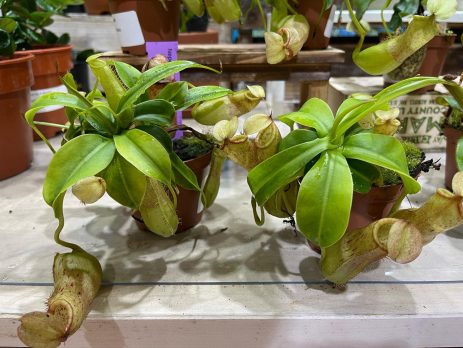
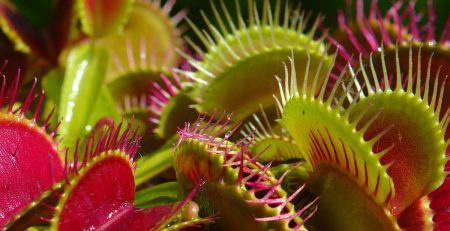
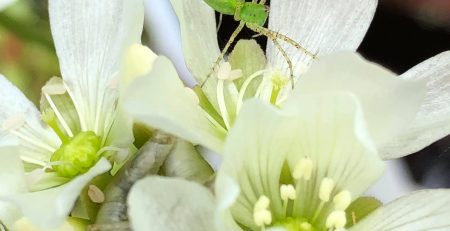
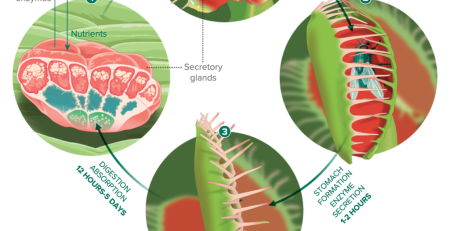
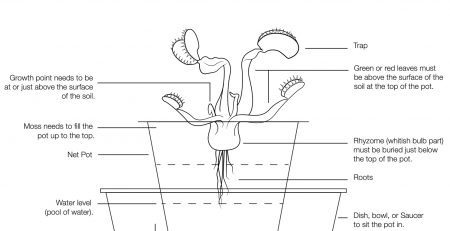
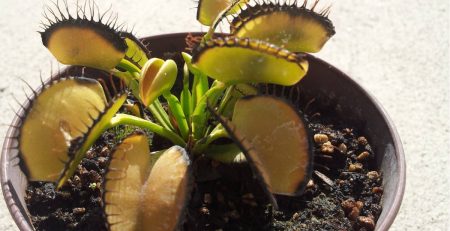
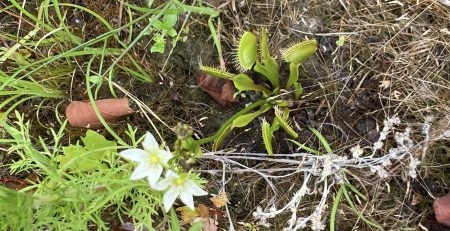
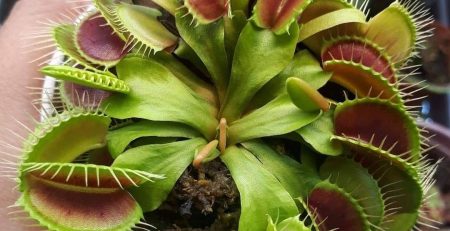
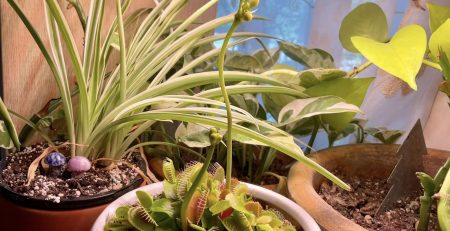

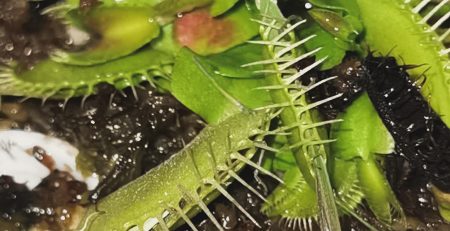
Leave a Reply
You must be logged in to post a comment.